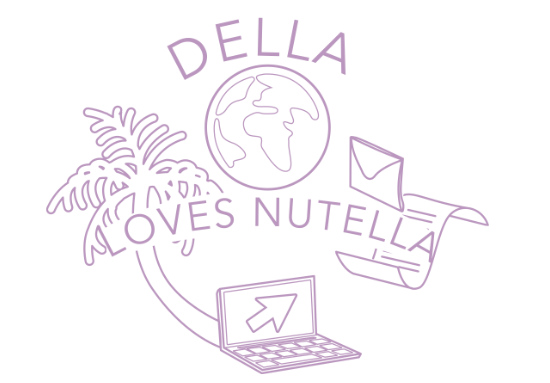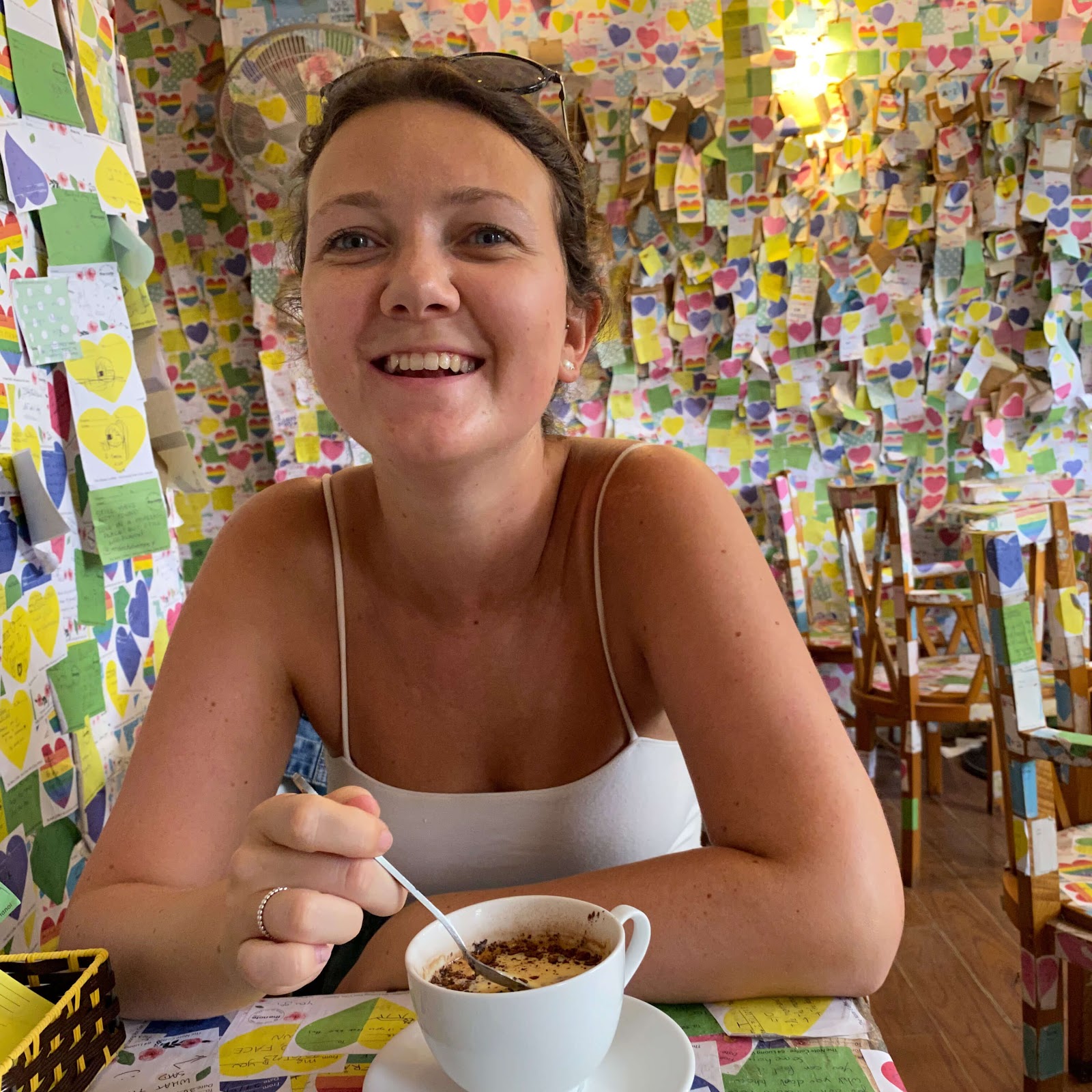Well hello to you my reader chums! I miss the backpacking way of life; I would give anything to roam around the world again with my backpack in tow. I can't believe I've had the pleasure of backpacking twice, once for two months and once for three months. There's something incredibly freeing about backpacking and how the world is at your fingertips - and every day is a new adventure. Whether you're moving across Southeast Asia, interrailing in Europe or exploring South America, there's plenty to see and fall in love with.
If you're planning your first-ever backpacking trip and feeling anxious, here is everything I wish I knew before I went backpacking.
You don't need to bring as much as you think
The first time I went backpacking, I packed way too many things and my backpack weighed a tonne which made it a challenge taking it from place to place. Bringing too many things made the actual backpacking part of backpacking annoying and didn't leave much room to buy souvenirs and new things on my journey. Pack as light as you can, especially when it comes to clothes as honestly, you won't care about looking 'perfect' or glam up every day, you'll mould into backpack life and be happy wearing the same loose trousers and sandals most days (and you can wash things along the way). When packing your backpack, what you think you need, half it and leave as much room as possible.
Embrace the spontaneity
The beauty of backpacking is the spontaneous adventures and random moments which become the best memories you'll ever have. You may have an itinerary as detailed as mine with an activity planned each day, but the off-the-road adventures you take can wow you and the people you meet along the way. You never know what tomorrow brings when you're backpacking and that's the fun of it.
Learn common phrases in the countries you're visiting
Not everyone will know English wherever you're travelling and to navigate things a little easier, learning some common phrases can help you along the way, such as 'How much does this cost', 'Where's the nearest bus station?', 'please' and 'thank you'. It may be tricky to memorise so you can always have it written down to refer to on your phone.
Insect repellent is essential
If you're visiting anywhere with a hot climate, such as Southeast Asia, you may be bitten a lot and some insects can carry diseases, which you can get ill from. Buying a quality insect repellant or bracelets can be a great way to prevent being bitten.
Not everything can run on time
As I love an itinerary and schedule, I'm used to things running on time or more likely, want things running on time. However, backpacking in countries that don't have a punctual public transport schedule or a high tourist population, may not run smoothly. It's important to be aware that buses can run an hour or two late and tours may not start when they say they do.
The weather won't always be perfect
I always think or dream that the weather will always be perfect when I leave the UK, however, that's not the case. Other countries do get rain, storms, cloudy days and cold weather. Do your research and prepare for all climates, such as tropical storms.
It's okay to have 'nothing' days
Backpacking can be exhausting as you can be constantly on the move, exploring as many places as possible in the time you have. Due to this, embrace 'nothing' days and make sure you have a few days in your schedule where you can have time to relax and reflect on your journey.
Always bring layers with you
I say this for two reasons: one the weather can fluctuate, but two if you're going to certain religious monuments, you may need to cover up to visit them.
I hope you enjoyed this post. What else would you add?
Thank you for reading <3

.JPG)













.jpg)





